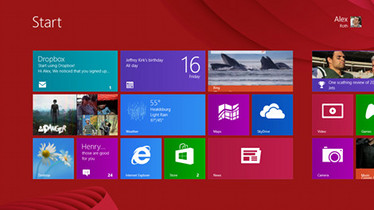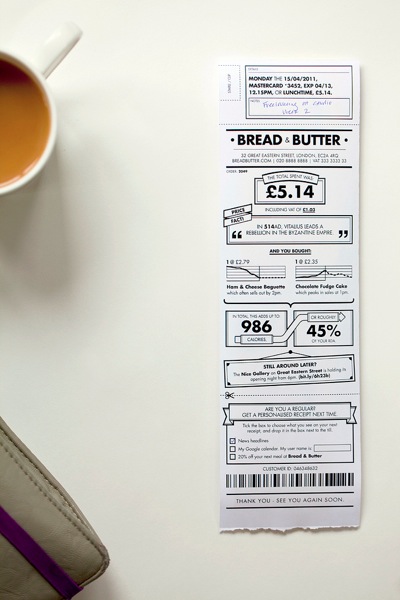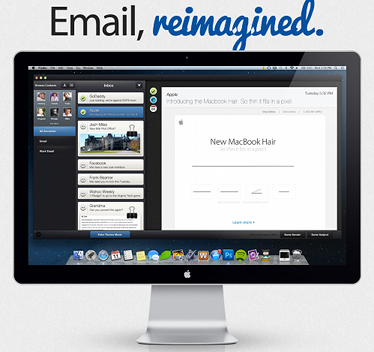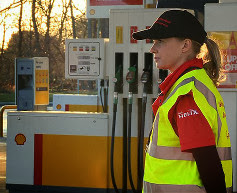
There seems to be a never ending trend to automate and self-serve.
- Retailers are introducing self-scanning solutions.
- Train stations are introducing 24hr ticket machines.
- Health care has introduced self-service diagnosis such as NHS Direct
- Amazon has introduced automated delivery drones (well, not quite yet…)
There is less and less human interaction and an ever increasing expectation of getting what we want, whenever we want it. From the companies point of view it reduces costs, increases availability, increases capacity - and for the customer, it may reduce prices (or suppress price rises) and increase availability.
So it was very strange to drive up to the petrol forecourt last weekend and be greeted by a smiling employee eager to fill up my car.
This is something in the UK that died out in the last millennium. In fact, we haven’t had forecourt attendants since the 1970s. As small, owner operator forecourts closed and big, national brands dominated, the forecourt attendant was replaced with self-service pumps.
So why now - why has Shell re-introduced the forecourt attendant at a time when fuel prices are at their highest and fuel retailers claim margins are wafer thin? Surely they’d want to continue cutting costs, automating processes and widening the roll-out of “pay at pump” technologies.
Well I think it’s for 3 main reasons
1. Customer Experience
2. Differentiation
2. Forecourt Margin
The first reason, customer experience, is an interesting one.
On the one hand, customers want quick service and high availability/capacity at a forecourt - I basically don’t want to queue for my fuel or queue up to pay for it - so this would seem then an obvious place to invest in automation so as to move customers through quickly. On the other hand, with all fuels being pretty much the same and all forecourts offering the same services, the customer experience is pretty much the same across all brands - there is really no ability to create a stand-out customer experience.
However, with the new forecourt attendants, Shell would appear to be trying to change this, describing their role as:-
“[..] Designed to help drivers with advice on fuels and fuel efficiency, basic car care and safety tips… including checks on oil levels, screen wash levels, tyre pressure and tread. All Shell Forecourt Attendants have been trained by the Automobile Association (AA) to be able to carry out a range of car care tasks for Shell customers"
So this is moving Shell from simply being a outlet to re-charge the fuel tank into a destination to get re-acquainted with your car.
This ties nicely into the next reason which is differentiation.
In a crowded market, with increased competition from supermarkets, what can a brand like Shell do to stand-out. If your product/service is basically homogenised, as is the case with forecourt sales, you need to do something to stand out from the crowd. Price is not an option as the brand leaders don’t have wider supermarket sales to fall back on. Sales promotions have worked well, but they are hardly ground breaking or innovative and probably won’t reach the heights of the 1980s when people were encouraged to collect glasses or soup bowls.
Serviced fuel however creates a point of difference - and one which people will be more likely to value, helping to obfuscate other properties such as price or location. Recognising this point of difference, Melanie Lane, General Manager of Shell UK Retail is quoted as saying:-
Across the industry, UK forecourts are generally not considered the most inviting and customer service-focused environments, and we aim to do something about that. The reintroduction of forecourt attendants will be a welcome addition for many of our busy customers.
I suspect however that there is also a revenue opportunity at the heart of this.
One interesting aspect of the attended service is that I can’t actually pay for the fuel with the attendant. Given I can pay for a burger with a virtual currency like BitCoin, it wouldn’t be a stretch to give the forecourt attendants the relevant technology to allow them to take payments. However, this would remove a golden opportunity for me to wander about in the well stocked forecourt shop whilst waiting for my car to be filled or washer fluid topped up.
Given that forecourts can be earning around 30% margin within the shop versus around 3-5% margin on fuel, it makes sense that Shell would want to get me spending less time filling the tank and more time filling the shopping bag. I’d only need to spend £10 in the forecourt shop to double the margins earned on a £60 fill up - so this would seem a no brainer really.
This is not unique to Shell however - ironically, service is also being re-introduced due to automation in other sectors.
Online supermarket sales for example now account for increasing percentage of all sales, with these set to double in the next few years and brands such as Tesco - the global leader in online sales - seeing around 8% of all sales being done online. This means an increasing number of customers are very rarely setting foot within a supermarket store - and these are valuable customers, spending almost 3 times as much per shop. For these customers the brand lives or dies based on the front line delivery drivers. Like the forecourt attendants, these people are bringing a little last-century magic to the modern shopping experience.
As Which? pointed out in a survey of online shopping, the delivery experience can be key saying:-
"As it’s my first time, he presents me with a free pack of Waitrose and John Lewis magazines and recipe cards — a nice touch. He also offers to unpack. Items arrive in 11 colour-coded bags — green and white for store cupboard and bright blue for fridge and freezer. It makes unpacking a doddle"
Contrasted with another supermarket where the experience is less than perfect:-
"The driver rings just after 8pm to ask if he can arrive earlier. That’s fine — but when he asks me to come out and wave at him so he gets the right house, I’m a little less chuffed. It’s a cold, wet night. Nine bags sloppily packed. The vegetables are lumped in with the eggs and dried spaghetti, and the washing-up liquid is in with the crisps"
Whilst there is no doubt that Shell will be looking to maximise margins on every customer visit, it can’t be denied that the nostalgic value alone in these austere times adds significant differentiation and a richer customer experience. Both of these are critical to increased customer loyalty and provide a warm fuzzy feeling that a plastic card and points alone cannot achieve at POS.
As retailers look to increase these one-to-one customer experiences - delivered by their front line staff - it will be key that they are well managed to get the best loyalty value. Based on my personal experience, I can certainly report that Shell seems to be doing a good job so far judging by their courteous forecourt attendant when I visited. It will be interesting to see how this new service unfolds.




 Back in 2010, pioneering restaurant
Back in 2010, pioneering restaurant 


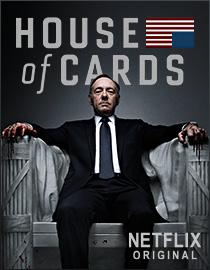 Something interesting happened recently in entertainment; there was a slight shift in the balance of power.
Something interesting happened recently in entertainment; there was a slight shift in the balance of power. There was an interesting film I saw recently called
There was an interesting film I saw recently called 